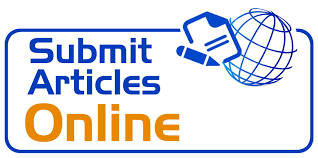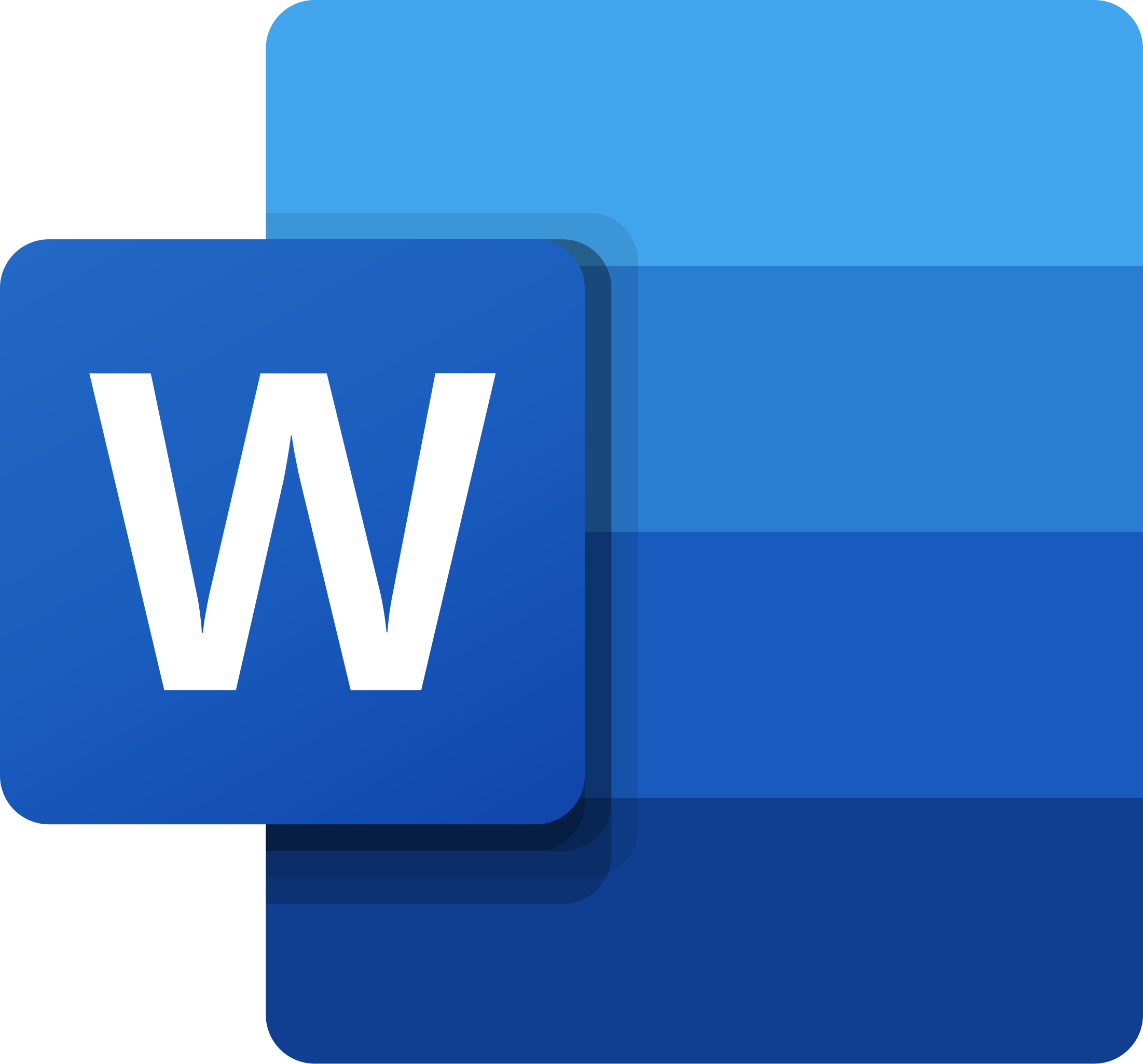Strategi Kebijakan Lingkungan Program Citarum Harum Di Kabupaten Bandung
DOI:
https://doi.org/10.15575/jbpd.v3i2.13561Abstract
So great is the loss suffered due to the contamination of the Citarum River for decades. Starting from the damage in the Citarum Hulu watershed (DAS) to the pollution of industrial waste and domestic waste. Not to mention, flood disasters due to overflowing rivers and sedimentation that often occur in the Bandung Basin, especially Baleendah and Dayeuhkolot. The research method used in this study is descriptive analysis with the type of research being qualitative. The qualitative approach was chosen with the consideration that this method is expected to obtain real data and be able to examine research problems in depth so that the expected results can be obtained. Â The use of this qualitative research approach is felt to be very appropriate in the study of public administration. The results of the research is an appropriate step in controlling the damage and pollution of watersheds. One form of government policy strategy by issuing Presidential Decree no. 15 of 2018 concerning the Acceleration of Pollution Control and Damage to the Citarum River Basin. Â With the existence of the Citarum Harum Program policy, it is an environmental policy strategy by observing, controlling problematic environmental conditions and even having to immediately restore the image of the Citarum River which was once tarnished in the eyes of the world as the dirtiest river in the world. With a collaborative step that is able to cover the Siliwangi Kodam III Sector which is divided into 22 Task Forces along the banks of the Citarum River, this is a strategy in restoring the problems that occur in the Citarum River. This policy program will end in 2025, so there must be a follow-up to the next program as well as a success evaluation program so that it does not repeat itself like the previous policy programs which were considered less successful and cost a large amount.
References
AG Subarsono, A. (2015). Analis Kebijakan Publik . Yogyakarta: Pustaka Pelajar.
Bappenas, B., 2014. Kementerian BAPPENAS. (online) di ambil dari http://citarum.org/roadmap/icwrmip-tahap-i/capaian-kegiatan/kementerian-bappenas/59-indonesia/roadmap.html. di ambil dari: (di akses pada 16 Juli 2021).
BPK RI, B., 2009. UU No. 32 Tahun 2009 tentang Perlindungan dan Pengelolaan Lingkungan Hidup (JDIH BPK RI). (online)
Peraturan.bpk.go.id. sumber dari : https://peraturan.bpk.go.id/Home/Details/38771/uu-no-32-tahun-2009 (di akses pada 19 July 2021).
Budi Winarno, B. (2007). Kebijakan Publik (Teori, Proses dan Studi Kasus). Yogyakarta: CAPS.
Effendy, E. (2011). Ilmu Komunikasi Teori dan Praktek. Bandung: Rosda.
Kemenristekdikti, K., 2018. Beban Pencemaran Limbah Industri Dan Status Kualitas Air Sungai Citarum. (online) Download.garuda.ristekdikti.go.id sumber dari : http://download.garuda.ristekdikti.go.id/article.php?article=1568813&val=4561&title=BEBAN+PENCEMARAN+LIMBAH+INDUSTRI+DAN+STATUS+KUALITAS+AIR+SUNGAI+CITARUM (di akses pada 17 July 2021).
Leo Agustino , L. (2008). Dasar-Dasar Kebijakan Publik. Jakarta: Alfabeta.
Moh. Fadli, M. (2016). Hukum dan Kebijakan Lingkungan . Malang: UB Press.
Muh. Irfan Islamy, M. (2018). Kebijakan Publik. Tangerang Selatan: CV. Rhema Makmur.
Moleong, Lexy J. 2001. Metode Penelitian Kualitatif. Bandung : PT. Remaja Rosdakarya
National Geographic, N., 2018. Kehidupan di Pinggir Citarum, Sungai Terkotor di Dunia. (online) National Geographic di ambil dari: https://nationalgeographic.grid.id/read/13309585/kehidupan-di-pinggir-citarum-sungai-terkotor-di-dunia (di akses pada 16 juli 2021).
Peraturan.bpk.go.id. 2021. PERPRES No. 15 Tahun 2018 tentang Percepatan Pengendalian Pencemaran dan Kerusakan Daerah Aliran Sungai Citarum [JDIH BPK RI]. (online) Sumber dari: https://peraturan.bpk.go.id/Home/Details/73584/perpres-no-15-tahun-2018 (di akses pada 19 Juli 2021).
Riant Nugroho, R. (2009). Kebijakan Publik (Formulasi, Implementasi dan Evaluasi). Jakarta: Media Komputindo.
Sahya Anggara, S. (2014). Kebijakan Publik. Bandung: CV. Pustaka Setia.
Sugiyono. 2015. Metode Penelitian Kuantitatif, Kualitatif, dan R&D. Bandung : Alfabeta
Siahaan N.H.T, S. (2009). Ekologi Pembangunan dan Hukum Tata Lingkungan. Jakarta: Erlangga.
Situs Berita Lingkungan, s., 2018. Citarum Harum, Langkah Optimis Pemerintah Pulihkan Kejayaan Sungai Citarum (Bagian 3). (online) Mongabay.co.id. Sumber dari: https://www.mongabay.co.id/2018/02/28/citarum-harum-langkah-optimis-pemerintah-pulihkan-kejayaan-sungai-citarum-bagian-3/ (di akses pada 18 July 2021).
Voa, V., 2019. Upaya Indonesia Bersihkan Sungai Terkotor di Dunia (1). (online) VOA Indonesia. Sumber dari: https://www.voaindonesia.com/a/upaya-indonesia-bersihkan-sungai-terkotor-di-dunia-%281%29/4745640.html (di akses pada 18 July 2021).
Yaya Mulyana A A , Y. (2019). Strategi Kebijakan Pariwisata. Bandung: Unpas Press.
Downloads
Published
Issue
Section
License
Authors who publish with this journal agree to the following terms:
- Authors retain copyright and grant the journal right of first publication with the work simultaneously licensed under a Creative Commons Attribution-ShareAlike 4.0 International License that allows others to share the work with an acknowledgement of the work's authorship and initial publication in this journal.
- Authors are able to enter into separate, additional contractual arrangements for the non-exclusive distribution of the journal's published version of the work (e.g., post it to an institutional repository or publish it in a book), with an acknowledgement of its initial publication in this journal.
- Authors are permitted and encouraged to post their work online (e.g., in institutional repositories or on their website) prior to and during the submission process, as it can lead to productive exchanges, as well as earlier and greater citation of published work (See The Effect of Open Access).














